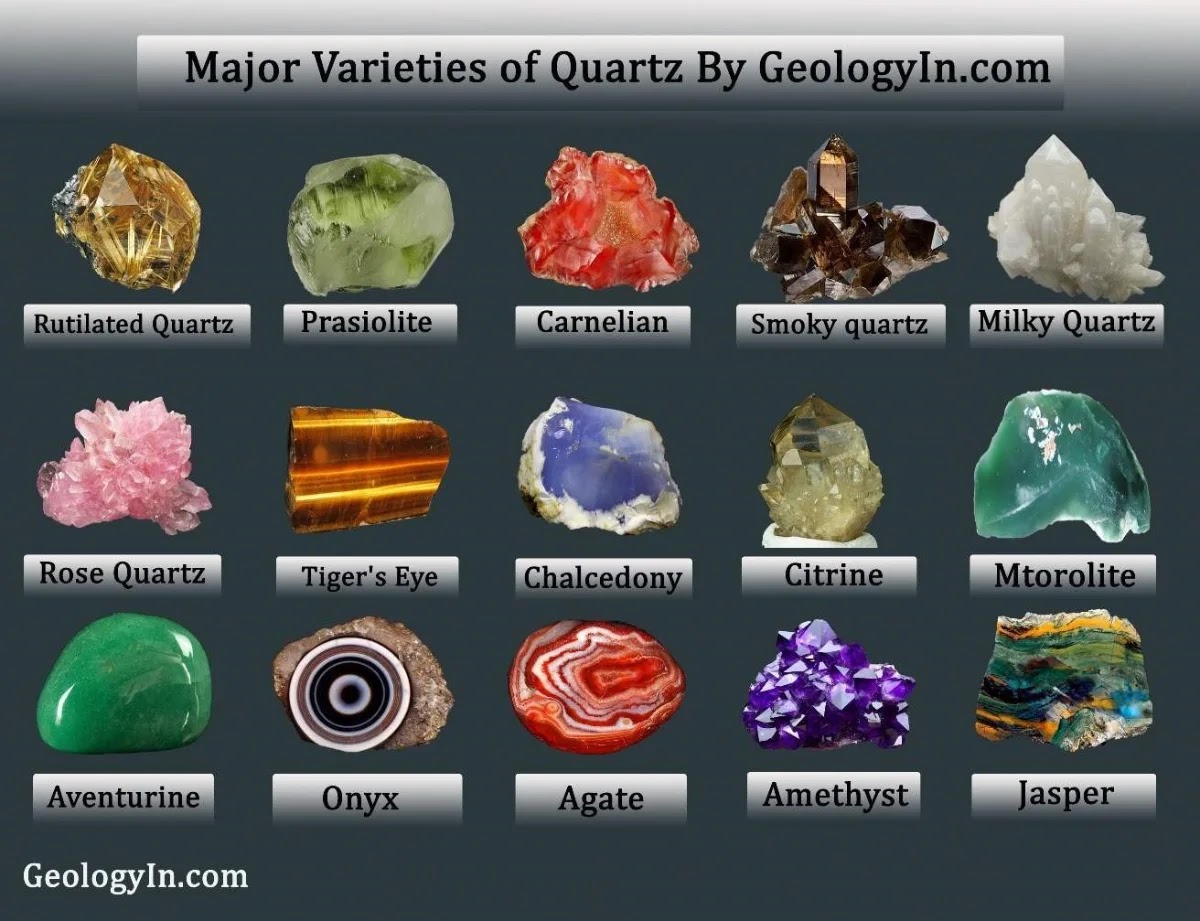Why Iceland formed so differently from the gentle early Earth
| Calvin Miller (Vanderbilt University) at the Hverir geothermal area in Northern Iceland, looking at a subglacially erupted table mountain in the distance. |
How do you take the temperature of the Earth billions of years ago? The answer lies in the rocks.
If we can find minerals that formed during the period we are interested in, they can give us clues about the origin and evolution of the magmas from which they crystallized. That information, in turn, can provide valuable evidence of the conditions on the Earth's surface at the time the magma was generated. This insight into ancient environments is critical to understanding when conditions on Earth were first hospitable to life.
A new study compares Hadean Earth (more than four billion years ago) to the modern Earth that we are familiar with today. This is not a new idea; people have long thought that Hadean Earth might be similar to modern Iceland, where magmatism runs rampant, volcanoes are active, the crust is anomalously thick, and rocks associated with continents (rhyolite, granite) are found in the ocean (seemingly out of place). The study demonstrates just how different Iceland and the Hadean really are, but how similar the Hadean may have been to other environments that are more typical of modern Earth.
Researchers found this out by analyzing zircon, a mineral that crystallizes in the kinds of magmas associated with continental crust. Zircons have been analyzed from all around the world, in many different magmatic and tectonic environments, and from all chapters of Earth's history. However, until recently, zircons from Iceland have not been the focus of rigorous study. The conclusion, when Hadean zircons were compared to Icelandic zircons? Magmas in the Hadean Earth were likely formed in environments much cooler and wetter (some might say, more hospitable) than the magmatic environments of modern Iceland.
"Zircon is a phenomenal research tool—a reliable little time capsule," said Lafayette College geoscientist Tamara Carley, who did the research while finishing her doctorate at Vanderbilt University. "It can tell you a lot about magmatic conditions at the time of its crystallization."
The research was recently published in the scientific journal Earth and Planetary Science Letters.
Finding the early rocks
The challenge in researching early Earth is the paucity of information available. Earth's earliest rocks have been all but lost to the geologic record, and have been severely altered or totally destroyed by surficial and tectonic processes that continue to shape our planet today. Traditionally, this absence of rocks from the oldest chapter of Earth's history led researchers to believe that early Earth was covered in a harsh environment, like a global lava ocean, that would be totally inhospitable to rocks and life alike.
In the 1980s, however, the vision of early Earth began to change. Researchers discovered zircon crystals that had crystallized in magmas during the Hadean, then survived Earth's tumultuous geologic history for more than four billion years. The age of the crystals was confirmed using dating techniques that measure the proportion of radioactive and radiogenic isotopes (parent and daughter isotopes) inside the crystals. Isotopes decay in a predictable fashion over millions or billions of years, and zircon does a good job of locking in this valuable evidence, providing researchers with an accurate clock of the age of the crystals.
Carley's group did a literature review of the oxygen isotope and trace element geochemistry data teased from these ancient zircon crystals. They then compared the published Hadean results to their new Icelandic findings. Upon realizing just how different Icelandic and Hadean zircons are (and thus, how different their formation environments were), they scoured the literature for zircons that acted as a better modern analogue for the Hadean. They considered the Andes in South America; the Cascade Mountains, the Sierra Nevada Mountains and the Yellowstone Hotspot in western North America; the Mid-Atlantic Ridge; and volcanic rocks in the East African Rift Zone.
The Hadean has temperatures and other compositional clues that are more similar to zircons from subduction zones magmas, generated in areas where one tectonic plate is forced beneath the other when they collide, as happens in places like the Cascades and the Andes. They concluded that Iceland is most similar to other rift environments, which perhaps isn't much of a surprise since it sits atop a rift itself.
From their look at other researchers' published work, Carley said her team concurs with what the other researchers found: zircons from the Hadean crystallized at relatively low magmatic temperatures. Furthermore, oxygen isotope ratios measured in the zircon crystals acts as evidence that low-temperature surface water played a role in the generation of the magmas from which they grew. Icelandic zircons, on the other hand, crystallized at much higher temperatures, and have isotopic evidence of hot, hydrothermal waters playing a role in magma genesis. Zircons from Iceland and the Hadean tell very different stories, about their respective environments of origin. Zircons from subduction zone volcanoes (like the Cascades) are more in line with zircons from the Hadean.
"It's pretty compelling evidence that Earth was cool enough, and perhaps wet enough early on in its history that the thought of early life isn't crazy," Carley said.








